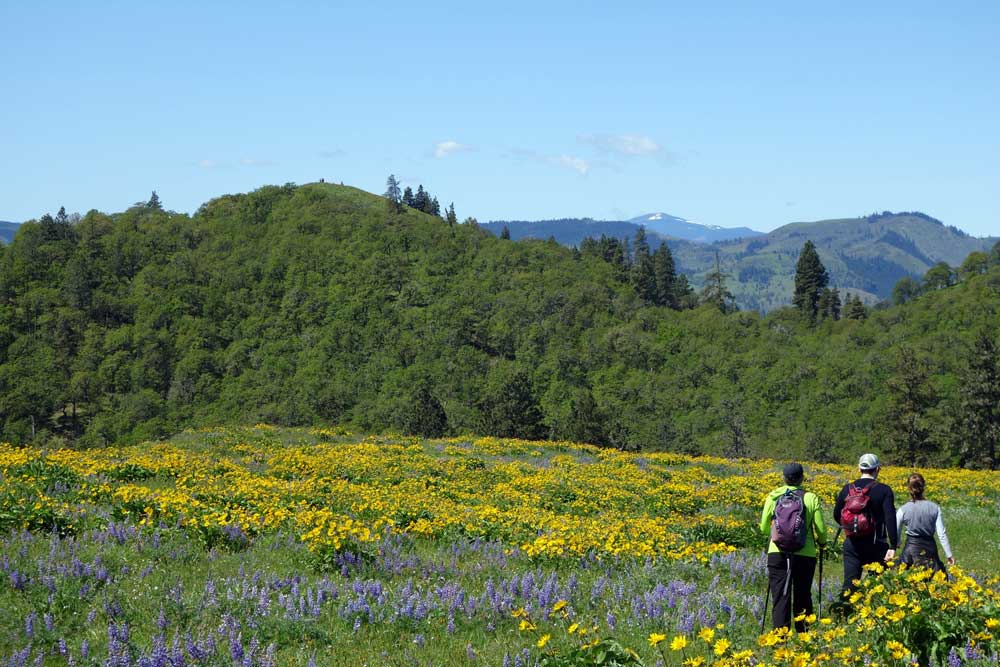The Joint Venture Network
Migratory Bird Joint Ventures are self-directed regional partnerships, so no two are alike. What they have in common is the goal to conserve birds and their habitats. Since 1987, joint venture partnerships have helped conserve 33 million acres of critical habitat, thanks to local people working together towards common conservation outcomes.

Migratory Bird Joint Ventures include both Habitat and Species Joint Ventures. There are currently 22 Habitat Joint Ventures across the U.S., Canada and Mexico, including Pacific Birds. In addition, three Species Joint Ventures work to further the scientific understanding needed to manage populations of specific bird species. (Arctic Goose, Black Duck and Sea Duck)
Since their inception more than 30 years ago, Joint Ventures have expanded from their original focus on waterfowl to include work related to waterbirds, seabirds and landbirds. While Joint Venture projects are focused on birds, they also benefit many other fish and wildlife species–and provide recreational opportunities for people.
Migratory Bird Joint Ventures
Joint Ventures are closely aligned with the North American Bird Conservation Initiative (NABCI), an umbrella initiative that works for birds across North America. At different scales, both NABCI and Joint Ventures work to implement the goals of international, national and regional bird conservation plans. See NABCI's 2017-2021 goals.
The Joint Venture Network in Action: Collaboration Works
Regional Joint Venture networks use the following strategies to advance collaborative conservation:
Engage
Engage strongly with communities, federal and state agencies, businesses, industry and other stakeholders to manage wildlife species and minimize endangered species listings.
Build
Build partnerships with private landowners to conserve wildlife populations while also sustaining and enhancing livelihoods.
Cooperate
Cooperate with industry to promote conservation in decision making that supports healthy ecosystems and still contributes to local and national economies.
Promote
Contribute to our national economies, by promoting wildlife watching, tourism, hunting and fishing and other outdoor recreation.
Sustain
Help sustain clean water and air and prevent pollution.
Contribute
Contribute to clean water, pollution control, aquifer recharge, flood control, wildfire management, and storm surge protection.


